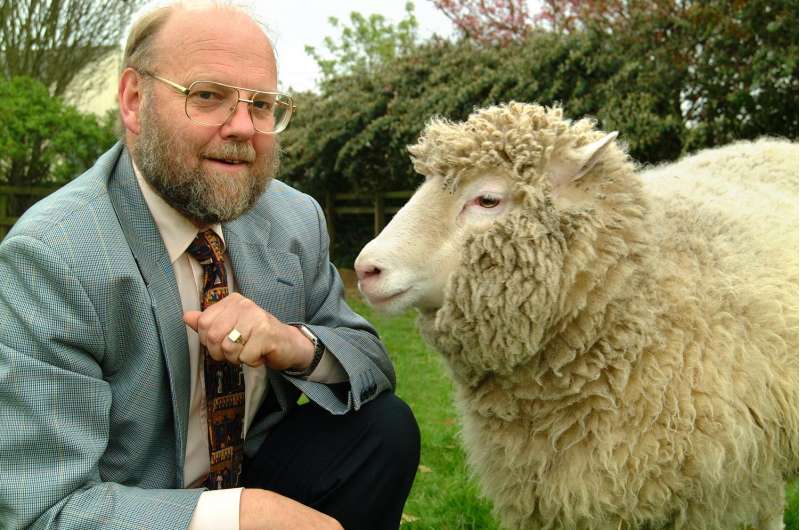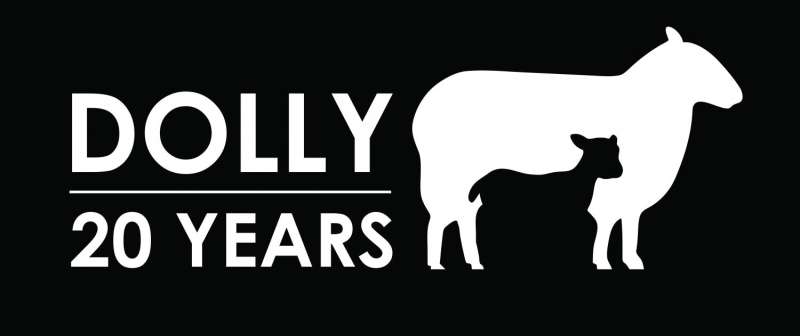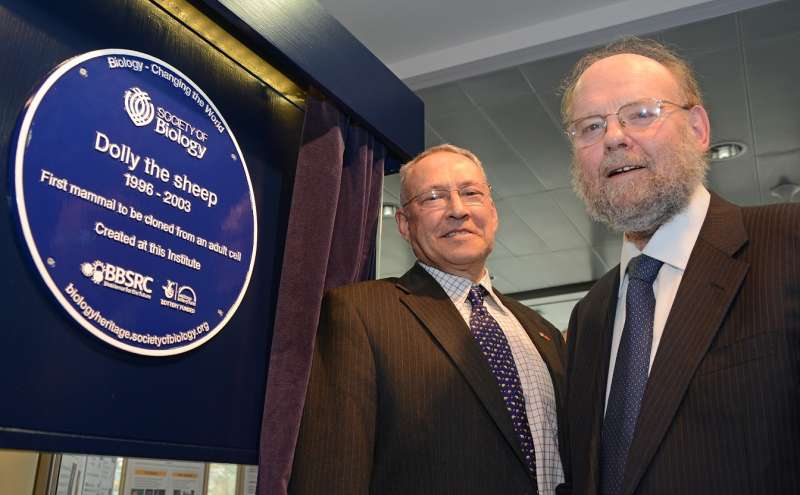How much do you know about Dolly the Sheep?

This week marked the 20th anniversary of the birth of arguably the most famous sheep that ever chewed grass. Dolly was created at The Roslin Institute, Scotland, which receives long-term strategic funding from BBSRC.
Dolly was important because she was the first mammal to be cloned from an adult cell. Her birth proved that specialised cells could be used to create an exact copy of the animal they came from.
To celebrate an animal that was not just a scientific achievement, but went on to become a part of popular culture, test your knowledge of the world's most famous sheep across five fun questions.
Who was Dolly?
Dolly was part of a series of experiments at The Roslin Institute that were trying to develop a better method for producing genetically modified livestock. If successful, this would mean fewer animals would need to be used in future experiments. The project also looked to make useful proteins in the sheeps' milk.
Dolly was cloned from an egg taken from a Scottish Blackface sheep, and a cell taken from the mammary gland of a sheep. Because Dolly's DNA came from a mammary gland cell—breasts in humans, udders in sheep—she was named after the country singer Dolly Parton.
She was born to her Scottish Blackface surrogate mother on 5th July 1996. Dolly's white face was one of the first signs that she was a clone because if she was genetically related to her surrogate mother, she would have had a black face.
Why was Dolly so important?
Dolly was announced to the world on 22nd February 1997. She captured the public's imagination—no small feat for a sheep—and sparked a public debate about the possible benefits and dangers of cloning. In the week following the announcement, The Roslin Institute received 3,000 phone calls from around the world.
Dolly spent her life at The Roslin Institute, and apart from the occasional media appearance, led a normal life. Over the years, Dolly had a total of six lambs with a ram called David. After Dolly gave birth to her last lambs in September 2000, it was discovered that she'd become infected by a virus called JSRV, which causes lung cancer in sheep. Other sheep at The Roslin Institute had also been infected with JSRV in the same outbreak.

Dolly continued to have a normal quality of life until February 2003, when she developed a cough. A CT scan showed tumours in her lungs, and the decision was made to euthanise Dolly rather than risk her suffering. Dolly was put to sleep on 14th February 2003, at the age of six.
What made Dolly so special is that she had been made from an adult cell, which no-one at the time thought was possible. This showed that it was possible to turn the clock back on the development of cells, leading other scientists to later make pluripotent stem cells from adult cells, which was awarded a Nobel Prize in 2012.
Find our much more about Dolly's conception and creation at the Dolly at 20 website.


















